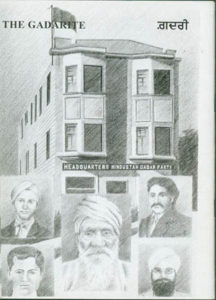
Present day Ghadar Memorial/Smark was originally known as Yugantar Ashram for many years. In fact this name is as old as the age of the Ghadar Party itself.
Early 20th century America was not so great and as beautiful as it is today, especially for newly arriving Indian workers. Coming from a slave India subjugated by the British, ugly treatment was meted out to them by local workers in America as well as in Canada while governments looked the other way. Fed up being called as Coolies, Dirty Hindus even teased by children following in streets catcalling them Slave Hindus (nothing to do with religion), charm of earning a better livelihood in a free country America began to fade away. Arriving Hindus and Muslims but majority Sikh farmers from Punjab turned laborers primarily working the Lumber mills of the Columbia River basin with beards and turbans made easy targets. Although majority were not highly educated, barring a few and students attending universities, but they had a vision and the wisdom to identify the real enemy. Instead of getting mad at the American worker, their anger grew towards the British, a handful of whom were occupying their great country country and were forcing them to leave home in the first place.
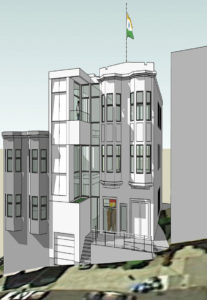
As they could take no more, and having seen the way free people live in America, their priorities from own welfare began to shift to patriotism. They started to band together in a series of meetings while working at Lumber mills. Collectively, they organized a meeting which was held in the Finnish Socialist Hall in April/May 1913 in a sleepy town Astoria-Oregon, situated on the banks of Columbia River before it meets the sea. Lala Hardyal was also invited from California and the Indian Independence Movement was crystallized. The names ‘Hindi Association of the Pacific Coast ’ (the pre-runner of the Ghadar Party) with headquarters named ‘Yugantar Ashram’ were born. Sohan Singh Bhakna and Lala Hadyal were elected as President and General Secretary respectively and were instructed to start publishing a Ghadar (rebellion) newspaper without undue delay
Due to strategic reasons the headquarters from Portland near Astoria-Oregon was first moved to 436 Hill St, San Francisco in California. They bought a printing machine and began publishing Ghadar newspaper with its first issue printed out in November, 1913. Yugantar Ashram was subsequently shifted to 5 Wood Street, San-francisco, where it now stands with a refurbished new structure and a new name as Ghadar Memorial or Ghadar Smark.
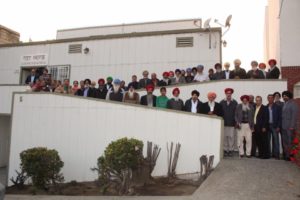
Ghadar Memorial urf Ghadar Smark urf Yugantar Ashram is therefore a monument where the people who sacrificed their lives for India’s freedom slept, worked and lived together. Herein lays the hearts and minds of the valiant patriots who gave their all fighting for Indian nation to be free. Inder Singh, chairman of the Global Organization of People of Indian Origin along with many others which include individual activists coupled with a handful of organizations formed under the names of Ghadri Babas in various towns of California as well as the Indian community at large, have been ardent advocates for the Restoration project to its original form. All are unanimous in seeing the Yugantar Ashram restored to its original look and original name for historical accuracy. They also want to see modern facilities provided reflecting better today in order to relate and motivate future generations to come.
Consul General of India in San Francisco Sanjay Panda hosted a community lunch to meet Ambassador Harsh Vardhan Shringla and provide an update on Friday June 21, 2019. I along with Charanjit Singh Batth from Central Valley Fresno also attended.
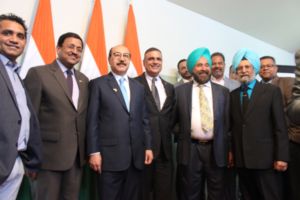
Addressing the community leaders invited there Panda said that the existing structure would be rebuilt and restored to a new four-story building with a facade resembling the original structure. The restoration works costing $9 million paid by the Indian government that was originally scheduled to be completed this year, is now expected to be finished by 2021.
Shringla said the hall has “huge symbolic significance” for the Indian diaspora. The restored building will house a museum displaying artifacts and documents from the period of the Gadar Movement, a library, a multi-purpose hall, as well as spaces and facilities for research scholars. “It is a symbol of the glorious sacrifices of those who struggled for India’s freedom,” said Shringla.
I think it appropriate to add here what Baba Sohan Singh Bhakna, the founding president of the Ghadar Party, a great patriot and a survivor said to Pt. Jawahar Lal Nehru soon after Independence. Rephrasing his words to the first Prime Minister of free India, when Ghadri Babas went to congratulate him in New Delhi, Baba Ji said something like this: “Pundit Ji, it is not fully accurate to give all the credit for India’s struggle for independence to the Congress Party alone reducing the sacrifices made by the Ghadar Party to a foot note.”
Now a century later, simply calling Yugantar Asharm a symbol of the glorious sacrifices of those who struggled for India’s freedom is not enough. I am sure many others would agree with me that Yugantar Ashram is a symbol of the past alright but it should also be projected as a beacon for the future generations to come. Above all the Ghadar Party and its Yugantar Ashram needs an appropriate place in history books both in India as well as in America, which has been marginalized in both due to different reasons.
Things began to change however slowly after a century when in his inaugural address at the Pravasi- Bhartiya Divas in Kochi on January 8, 2013, Prime Minister Dr. Manmohan Singh said this:
“This year, we are celebrating the centenary of the Gadar Movement, which was a luminous spark of support in distant California for the struggle for independence being waged at home in our country. Apart from commemorating it by the issue of a special postage stamp, we will also upgrade the Gadar Memorial in San Francisco into a functional museum and library with a sculpture to honor the Gadari Babas, the heroes of the great movement.”
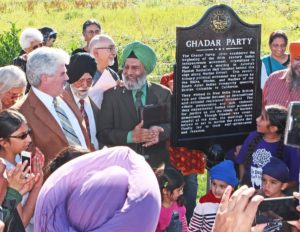
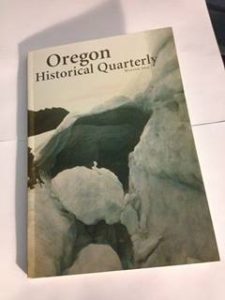 A year before the Centenary of the Founding of the Ghadar Party in 2013, 10,000 miles away in Astoria-Oregon, Johanna Ogden’s research article: Ghadar, Historical Silences, and Notions of Belonging: Early 1900s Punjabis of the Columbia River was published in “Oregon historical quarterly”. In her research she surprised herself by finding the actual birth place of the Ghadar Party as she writes: “That a Hindu Association and a Finnish Socialist Hall existed in remote, 1913 Astoria is its own startling news for many.” Ogden is a local historian based in Portland.
A year before the Centenary of the Founding of the Ghadar Party in 2013, 10,000 miles away in Astoria-Oregon, Johanna Ogden’s research article: Ghadar, Historical Silences, and Notions of Belonging: Early 1900s Punjabis of the Columbia River was published in “Oregon historical quarterly”. In her research she surprised herself by finding the actual birth place of the Ghadar Party as she writes: “That a Hindu Association and a Finnish Socialist Hall existed in remote, 1913 Astoria is its own startling news for many.” Ogden is a local historian based in Portland.
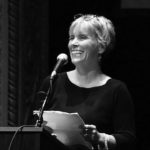
With her findings published in the Oregon Historical Quarterly in 2012, Ogden collaborated with the City Council President Karen Mellone and mayor of Astoria, Willis L. Van Dusen, to officially recognize the Ghadar Party. Consequently, the City Council passed a proclamation, dedicated a plaque and hosted and funded two-day celebration on Oct. 4 and Oct. 5, 2013, which I also attended. Proclamation includes a clause: “The Ghadarites fought and died not only for the freedom of their own country but also for the innate rights of the immigrant worker to lead a dignified and discrimination free life…”
Berkley based activist and journalist Shwanika Narayan wrote an article “ A century later, these Indian freedom fighters are finally being embraced as Americans.” in QUARTZ INDIA December 3, 2014, where she notes, “Local legislative bodies offering Ghadar proclamations are a fairly recent development. Astoria, the birthplace of the Ghadar Party was the first city in the US to give one.”
Several other City Councils in California including Berkley also followed suit and passed similar Ghadar proclamations, specifically recognizing the Ghadar party when approached.
In conclusion and to avoid the post getting any longer, it would appear that by restoring Yugantar Ashram to its Original Glory as scheduled, the symbol of near forgotten past of the Ghadar Party will hopefully be secured. What needs more is to illuminate this monument as a beacon spreading light of awareness about human struggle for human rights and to lead a dignified life for one and all irrespective where they come from and where they live. In the immediate near future in my opinion it would need to take the following couple steps:
1) To get the Ghadar history included in History –Social Science curriculum for the K12 school books as well as public –funded higher education institutions such as Community Colleges, California State University system and the University of California Campuses followed by Oregon and Washington.
2). To commemorate Ghadrites the right way, it needs to dedicate a day just like Memorial Day when all diasporic Indians of erstwhile undivided India should come together to celebrate.
Please leave a comment, a suggestion as usual what says you!
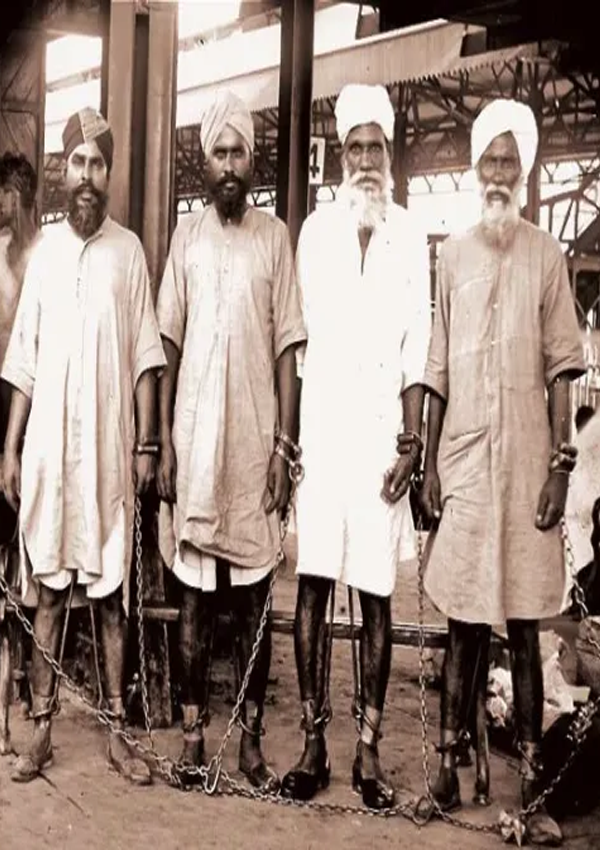
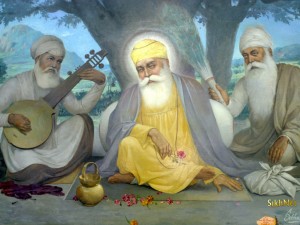
Leave a Reply